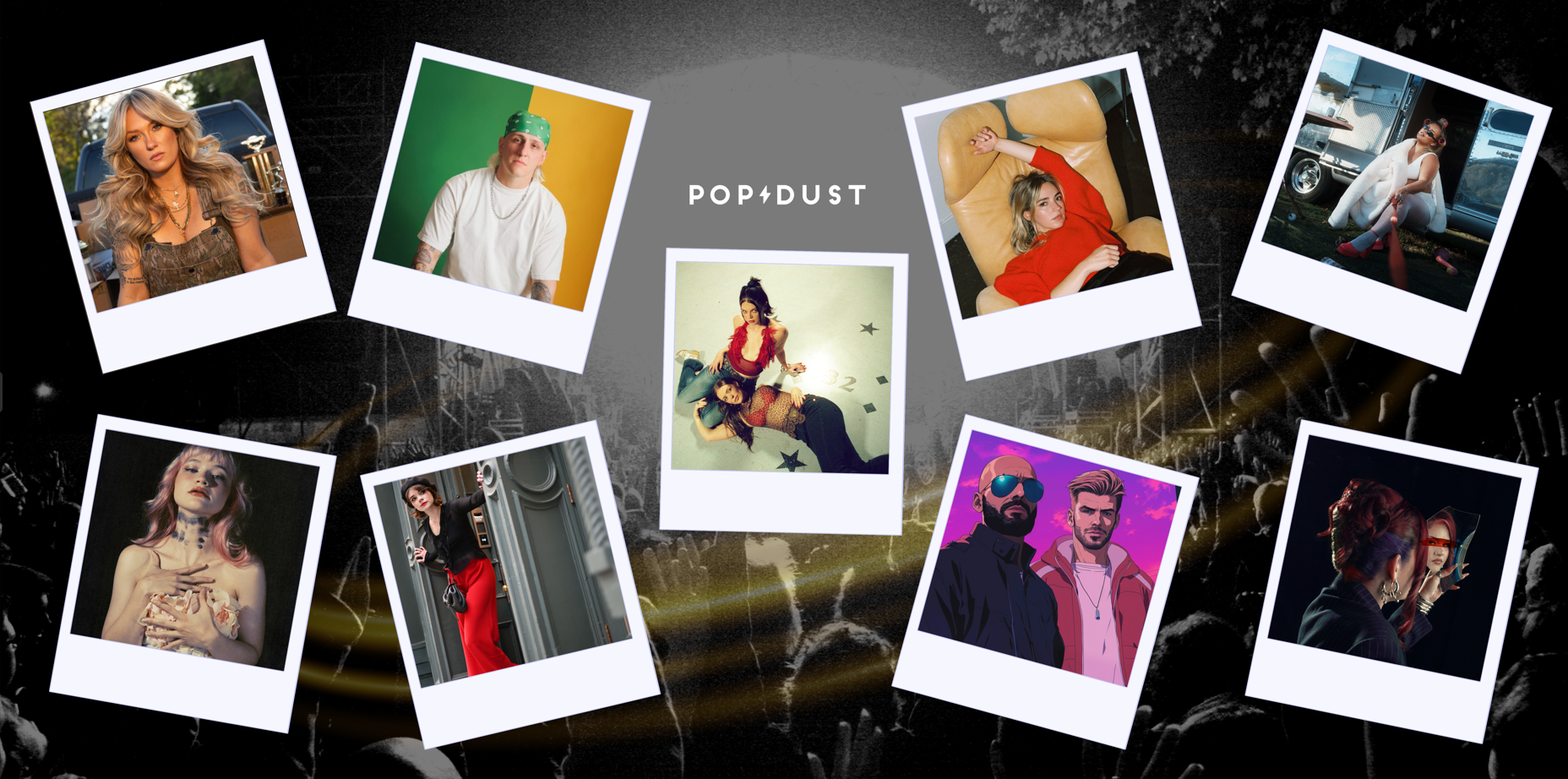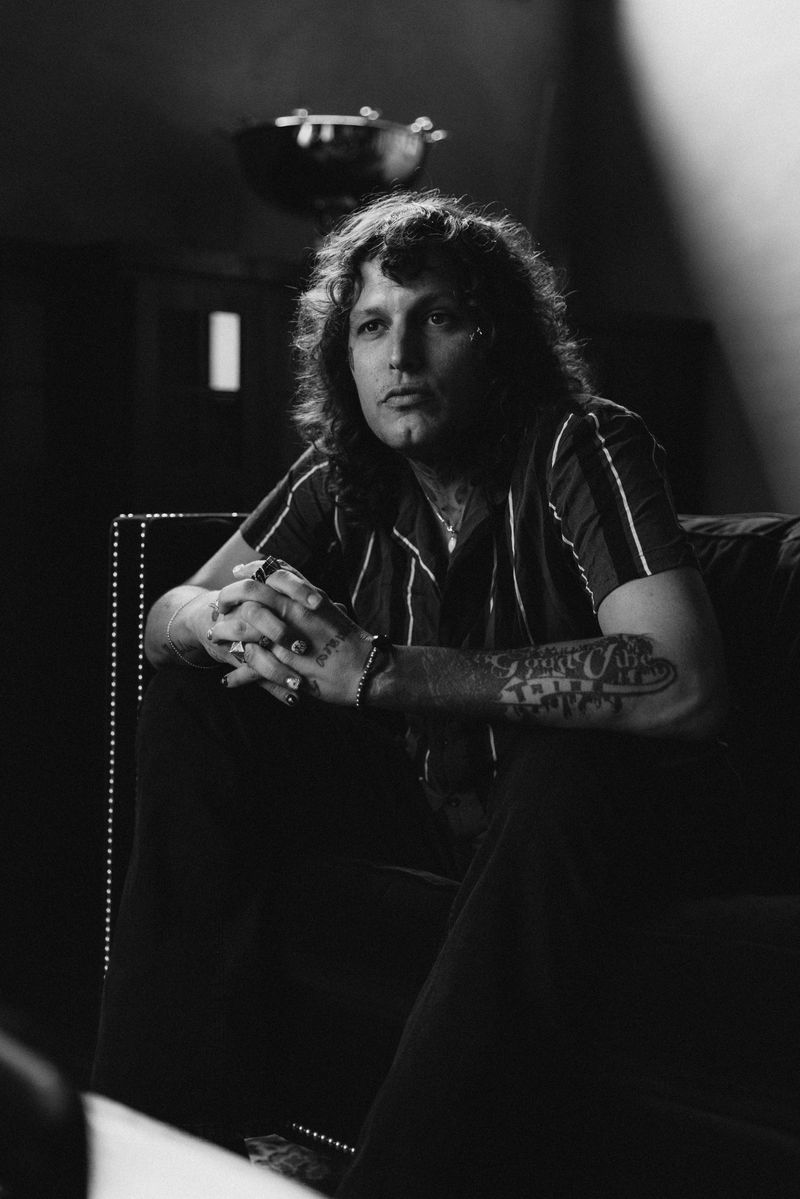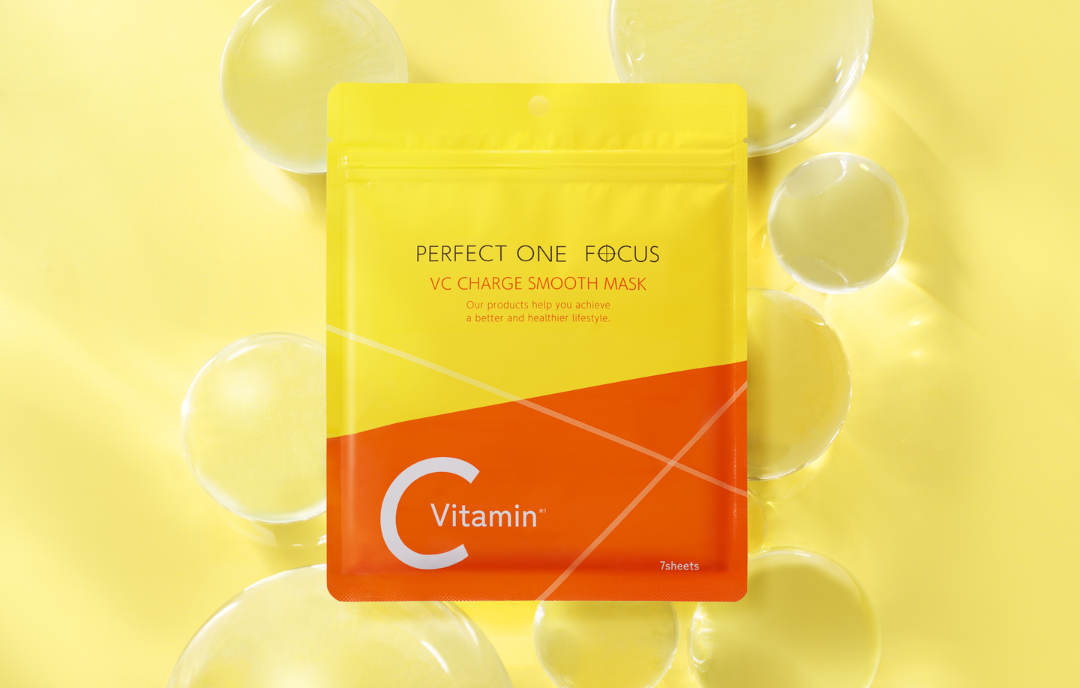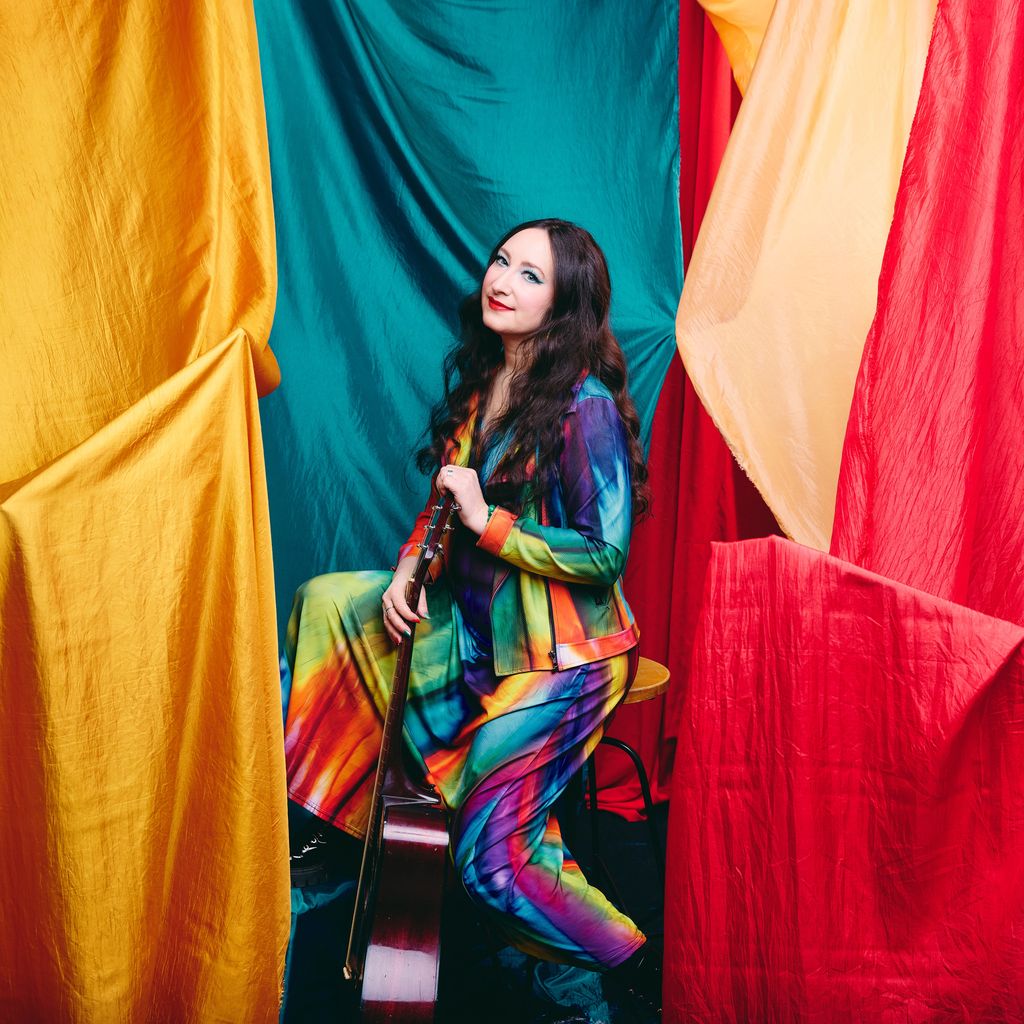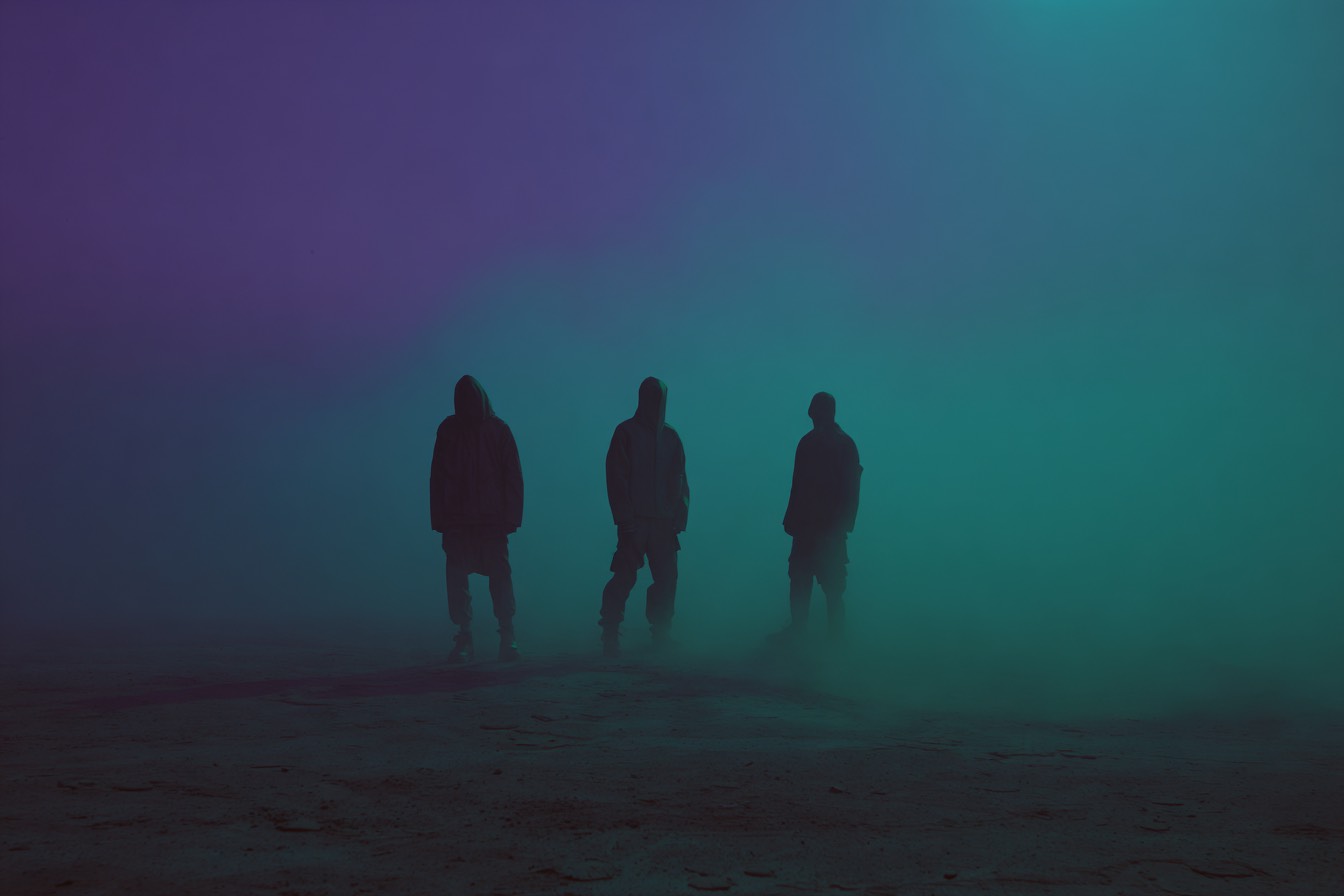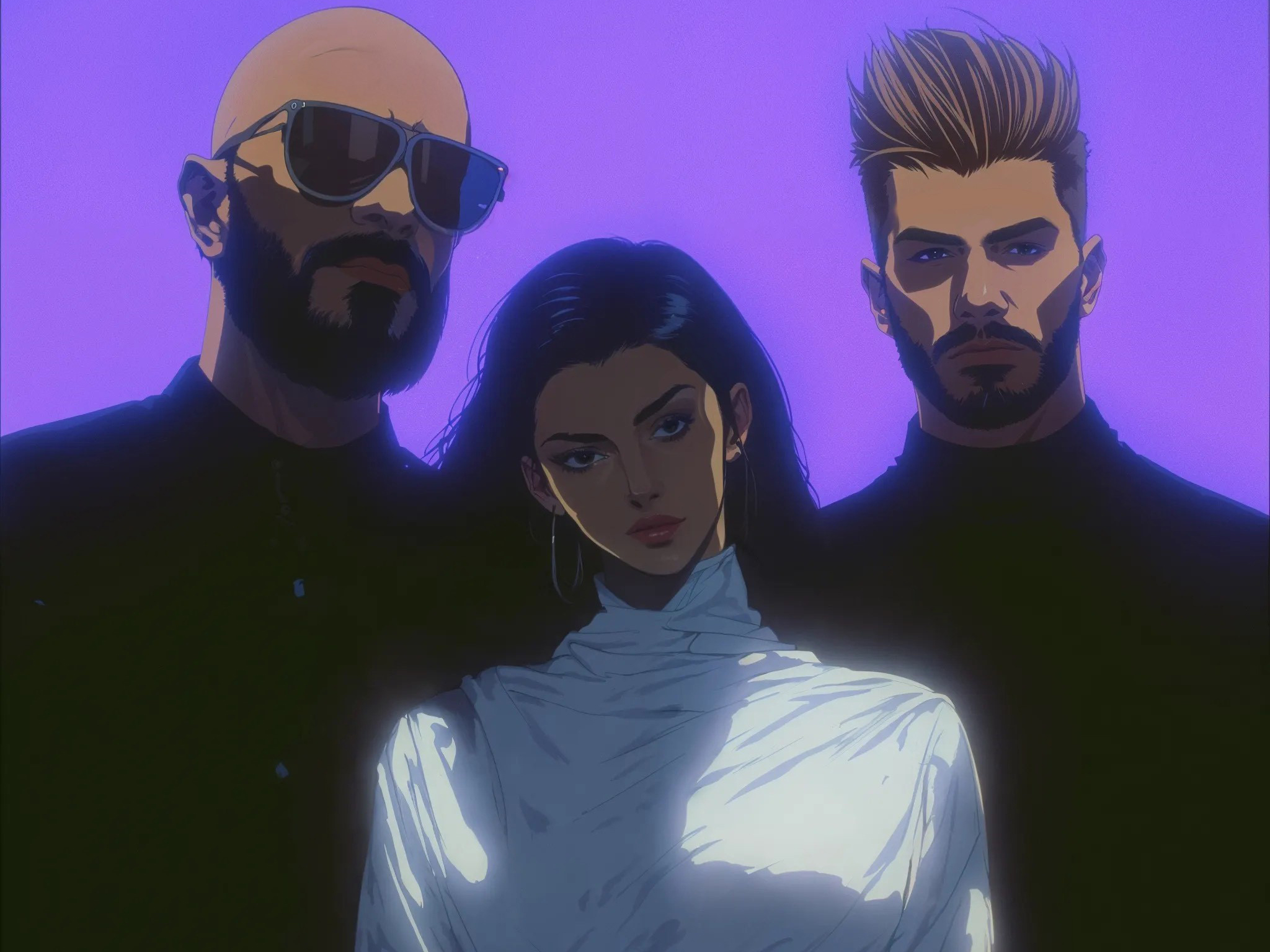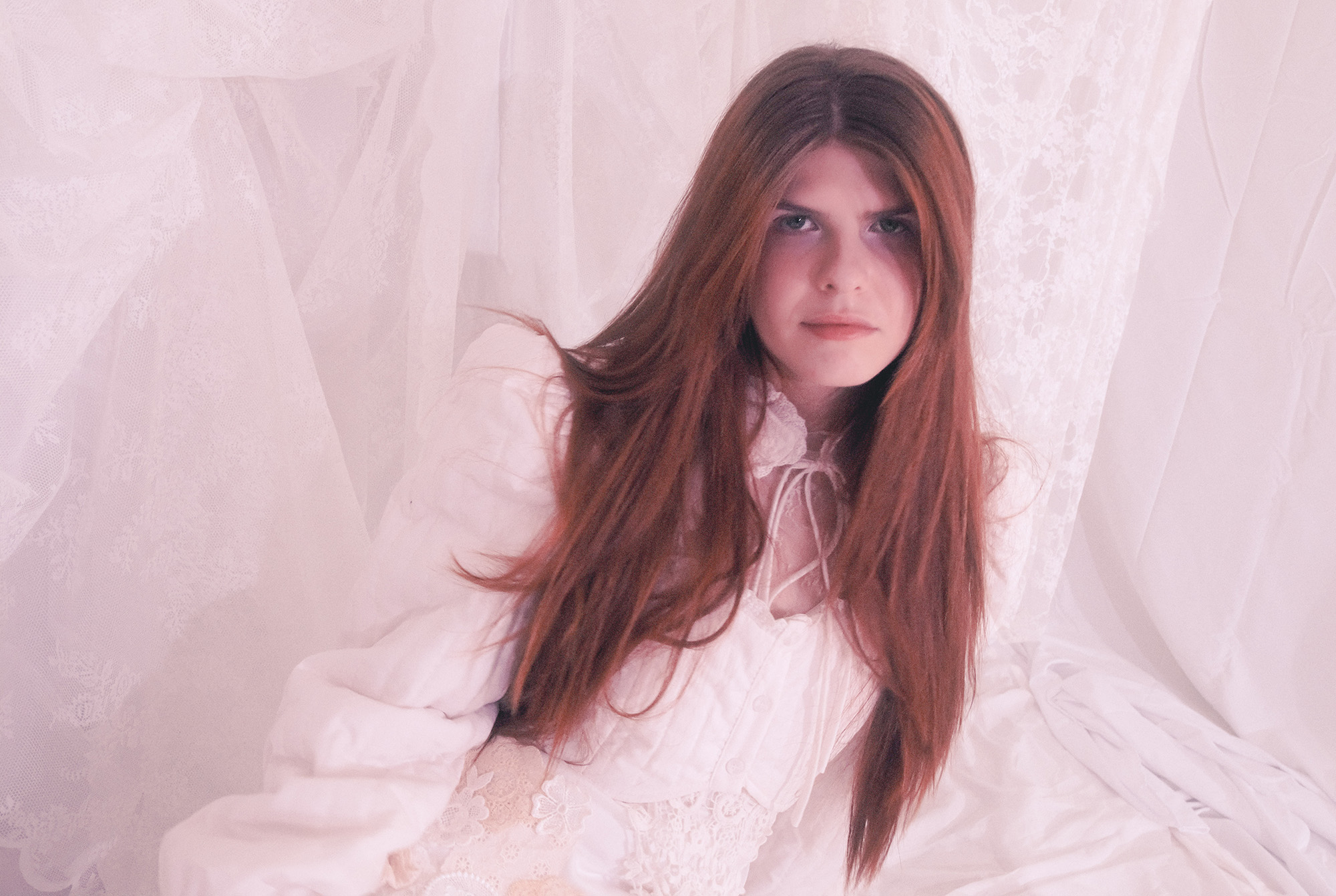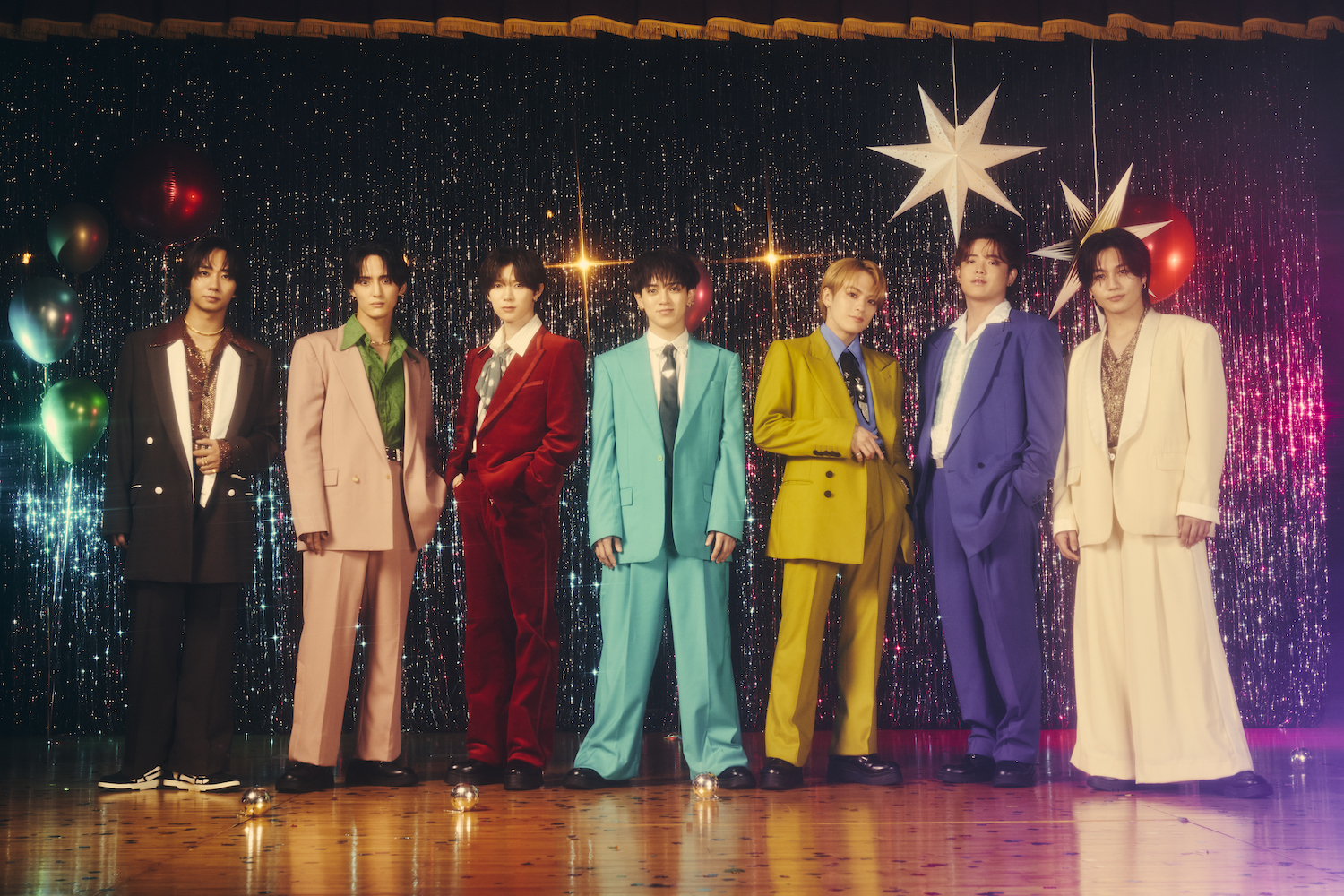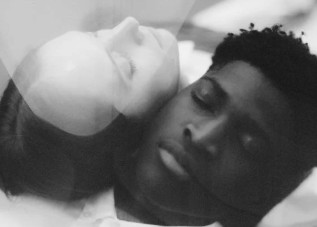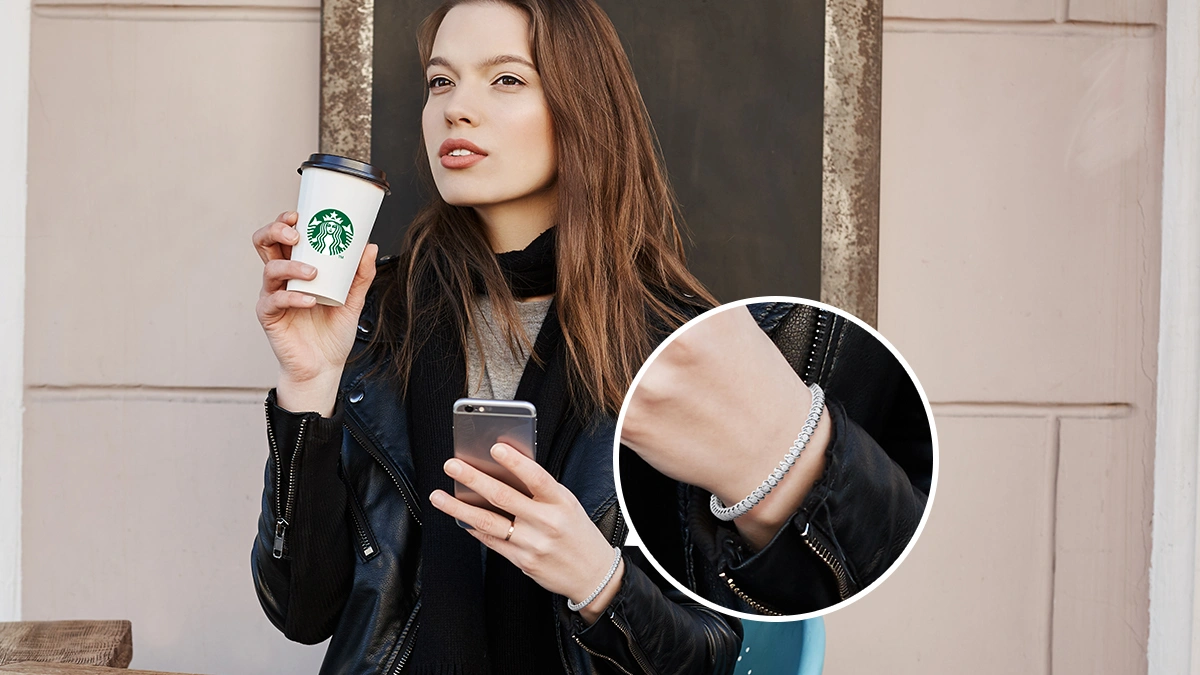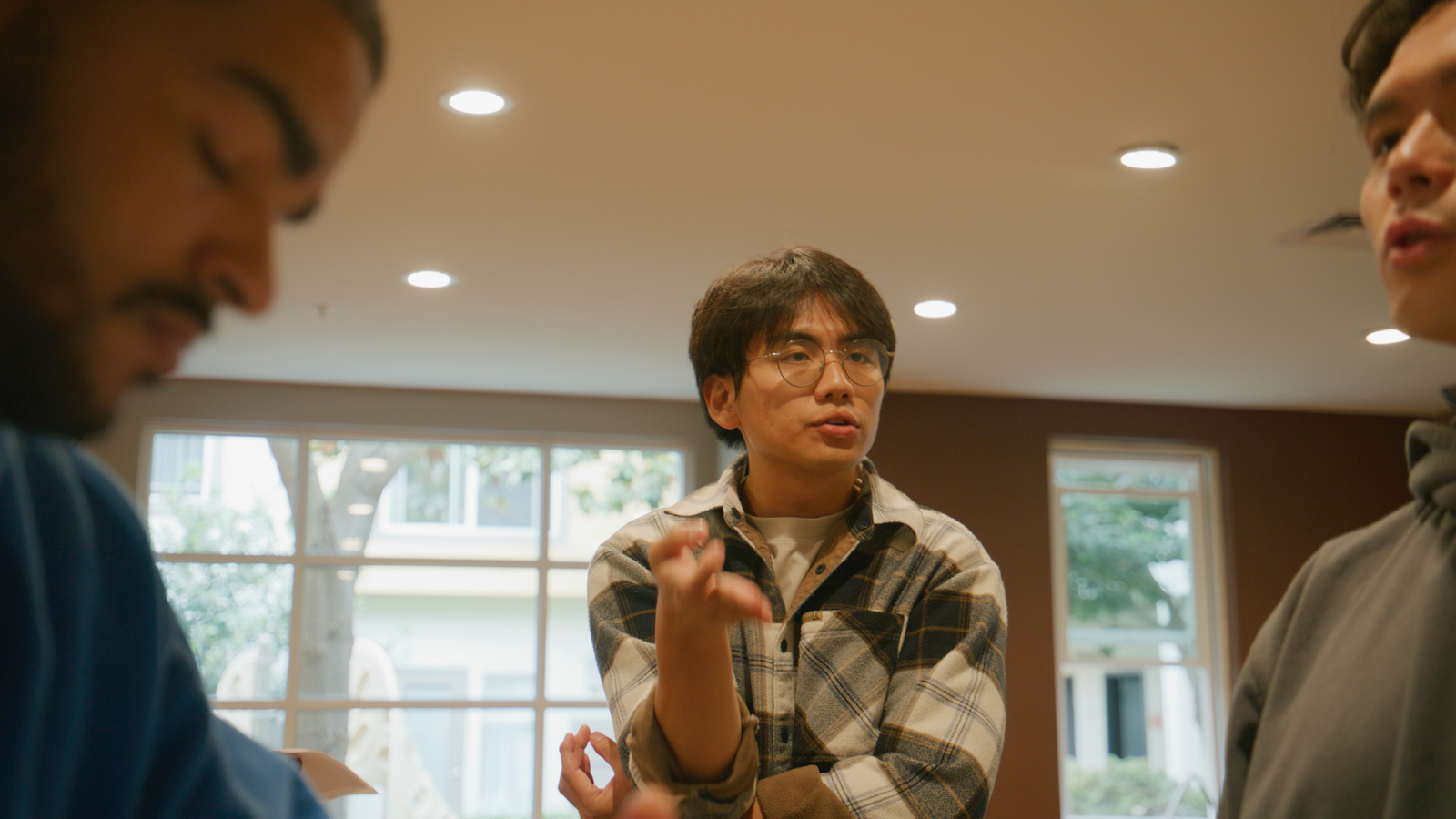Fashion
The Fall of the Instagram It Girl – And Why Tumblr Energy Is Back
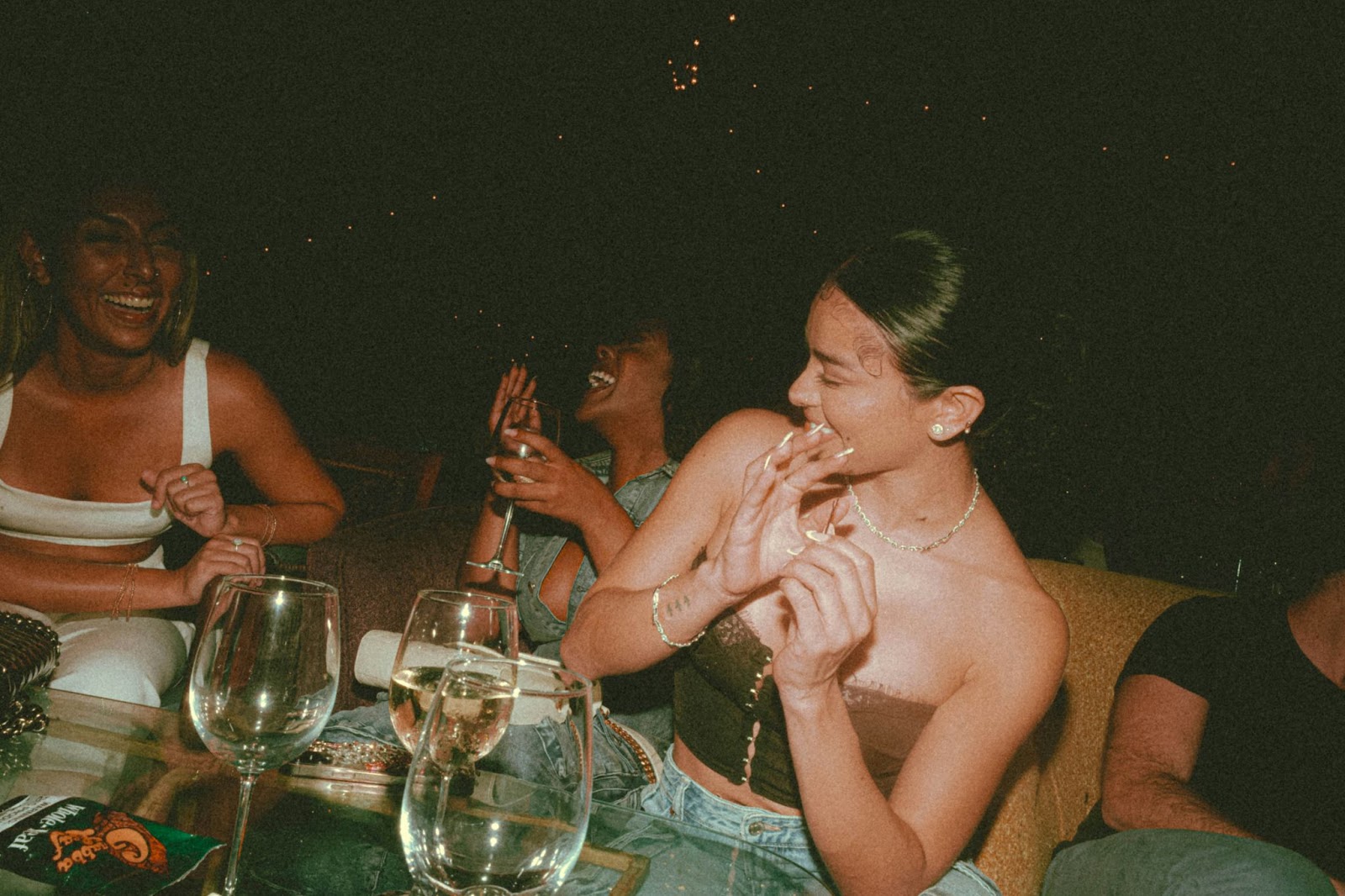
It started subtly. A friend reposted a grainy photo of Kilo Kish on her Story. Another brought back moody mirror selfies with the timestamp filter. Then, the messily cropped, semi-poetic captions returned to the scene.
Suddenly, my feed wasn’t filled with glossy beach pics and perfect matcha pours anymore. It felt like 2013 again; only this time, everyone had iPhones with better cameras and a decade of social media fatigue baked into their visual identity.
At first glance, it might seem like people are merely swapping Valencia for a grungier preset, but something deeper is going on. What we’re really seeing is a change in mood, a collective exhale from the pressure of looking fashionably fastidious.
It’s about how we show up online, what we want to say, and the kind of connection we’re hoping to find there. It’s as if the internet is going through a reset, and this time around, we’re leaning into the real.
The Rise and Burnout Of The Instagram It Girl
Let’s be honest: the Instagram It Girl had a chokehold on us for a full decade. Think Matilda Djerf’s honey-hued blowout, Hailey Bieber’s glazed skin, or that girl who always somehow gets golden hour lighting in every pic.
This aesthetic reigned supreme: ultra-curated, camera-ready, aspirational, and endlessly effortless. But something about the algorithm-friendly gloss of it all grew… exhausting. And for many, alienating.
The pressure to look perfect, even in a casual post, turned the platform into a highlight reel on steroids. According to a 2023 Pew Research study, close to 59% of young users said Instagram made them feel worse about their appearance.
Even influencers started to break. Olivia Culpo, a former Miss Universe turned social media star, was among those featured in a Hollywood Reporter piece discussing how the pressure to maintain a flawlessly curated feed can lead to anxiety and burnout.
Her inclusion in the article reflected a growing conversation around the mental toll of influencer culture. Instagram used to be a place where people gleefully shared random snapshots of their lives, vacation pics, book collections, brunch plates, and goofy selfies. But somewhere along the way, it morphed into something else entirely.
Now, it serves as a storefront rather than a social app. Now, everything’s polished, posed, and pushing a product. Perhaps that’s why we’re all gravitating toward what feels familiar and chill. That’s where the nostalgia comes in.
The Tumblr Renaissance – Why We Need This Vibe Shift
Tumblr never really died. It just got quieter. But lately, its influence is omnipresent: blurry disposable camera shots, cryptic text-over-photo graphics, and posts that read like diary entries instead of dispatches from a lifestyle brand.
If Instagram is where you project an idealized version of your life, Tumblr is where you document your inner world. And in a moment when everyone’s tired of being evaluated and judged, Tumblr energy offers a welcome retreat.
And this is a rebellion. Ironically, TikTok is the vehicle for this return. Gen Z creators post “Tumblr girl starter packs,” recreate old layouts, or romanticize that era’s sloppiness.
A 2023 piece in Dazed explored the resurgence of the Tumblr aesthetic and its growing popularity. The article pointed to how the visual style – messy, moody, and emotionally honest – offers a more personal contrast to Instagram’s hyper-curated polish.
From Polished to Personal – What This Says About Us
If the pandemic taught us anything, it’s that everyone’s highlight reel is just that — a reel (not real). When the world stopped, and our screens became our sole source of social interaction, the filters cracked.
People started posting blurry Zoom screenshots, mental health updates, and chaotic photo dumps. We got used to a little mess, and in that mess, we found truth.
The return of Tumblr energy is a symptom of internet culture fatigue. It’s about reclaiming the web as a space for raw expression instead of presentation. And it makes sense that this resurgence is happening now. After years of filters and FaceTune, we’re swinging the pendulum in the opposite direction.
We don’t just want to see what people look like anymore. We want to hear about what they feel. Nostalgia gives people a sense of stability and comfort. And when the world’s hyper-curated and overstimulating, a blurry photo of boots in the rain or a Rihanna lyric from the wayback can be super grounding.
Even Influencers Are Ditching the Gloss
This genre shift isn’t mere influencer overload. The audience is shifting too. What used to feel aspirational — perfect posts and polished lives — now feels like a performance we’re all tired of watching.
The new wave of online cool is raw, emotional, and even awkward on purpose. Instead of full-glam photo dumps, you’re more likely to see blurry mirror selfies and captions that read like inside jokes or half-finished thoughts.
It’s not just Gen Z driving this, either. Millennials are quietly returning to the comfort of the Tumblr-era mood they grew up with, gritty, nostalgic, and more about feeling than flexing. What’s interesting is how quickly platforms adapt.
TikTok has been instrumental in fueling this shift, rewarding authenticity and personality over high production value. As the lines between social media formats blur, the informal, off-the-cuff vibe is now part of everyone’s feed. This doesn’t mean we’re rejecting visual appeal — it just means we’re expanding what beauty and self-expression can look like online.
So, What’s Next?
I don’t think Tumblr energy is back just because we love a good moody filter. It’s back because we’re ready to take the pressure off. We’re tired of branding ourselves like we’re products.
We want to be people again, complex, layered, even a bit flawed people. The fall of the Instagram It Girl is a reckoning. The girl who once filled our feeds with matchless vacation snaps and golden-hour gloss remains a part of the story.
But now, her posts feel different — less about perfection and more about mood. She’s swapping the pristine shots for grainy film snapshots and quiet captions that hint at something more introspective.
In their own way, these softer, more ambiguous posts are just as captivating — maybe even more so — because they leave time and space for curiosity, thoughts, and emotion.

